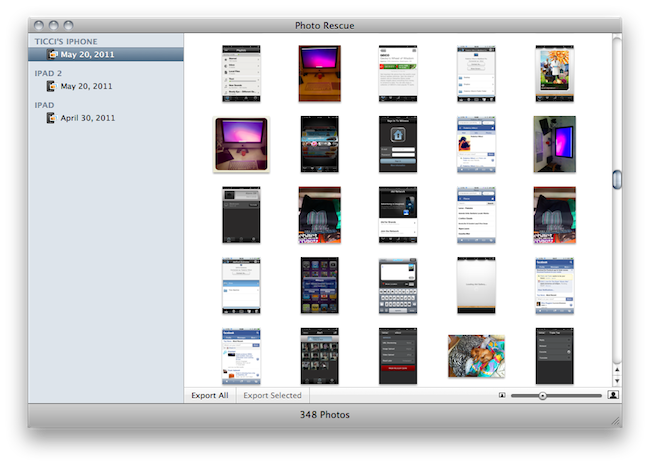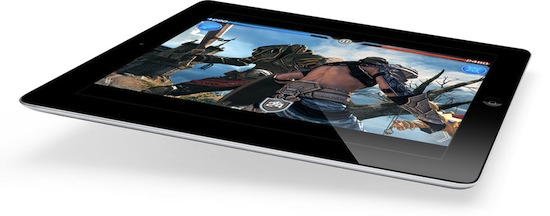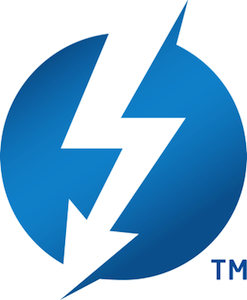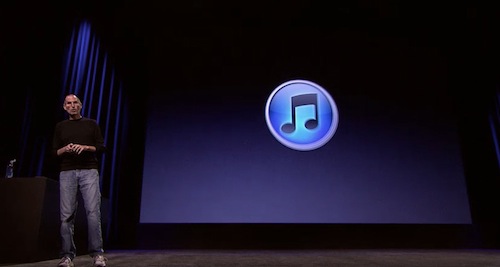There’s no shortage of reminder apps on the iPhone: from the excellent Due app that also works on the iPad with Dropbox synchronization of alerts and tasks to Notificant, a cloud solution that fires off notifications on iOS devices, Macs and web browsers, one could say reminder apps are the new Twitter clients or GTD apps of the App Store ecosystem. As the iPhone is always with us, being able to be easily reminded of important things has become a priority for iOS software developers. 3do, a new app by Cleversome, aims at reinventing the mobile notification space by offering an innovative interface based on swipe gestures that, instead of forcing you to switch between multiple screens to get your alarms and due dates going, allows you to do everything in one screen thanks to beautiful 3D animations within a single menu.
3do is made of two screens: the reminders you set up, and the settings, accessible with a pull-up gesture from the main screen. Think of Twitter’s popular pull-to-refresh gesture, only applied at the bottom and aimed at opening a new window. It works pretty well, though it may be unintuitive at first. The easiest way to get how 3do works is by adding a new reminder: tap the + button, and begin typing to add a description. Once the reminder is written down, swipe on it to rotate the view and get to another menu with icons to mark a reminder as complete or favorite, share it via email or SMS, or delete it. If you swipe again on the reminder, the view rotates a second time to reveal the alarms you can assign, and I deeply appreciate the fact that you can set up two by default – say one 15 minutes before and one “on time.” But there’s more: keep swiping and the cube rotates to show due settings like “due once”, “due daily”, “due weekly” and “due monthly”, which are pretty useful to create repeating timers and reminders for the future. One last swipe, and the 3D view gets you back to the original screen. Is 3D a gimmick in 3do? Maybe, but at least it works well. I’ve been beta testing the app, and whilst there’s no doubt the whole thing has fancy effects to capture your attention, I believe using animations to save space and put everything in a single window is actually quite clever. Like I said, using 3D effects surely isn’t “necessary”, but in this app is functional to the main purpose.
3do has also got an intelligent implementation of alarm notifications and snooze options. Besides letting you assign multiple alarms and due dates, when a reminder is due you’ll get the standard iOS notification that brings you to app; but once a reminder nears its overdue time, 3do displays a menu telling you that’s the last alarm, and you can choose to set up a new one in 15 minutes, 1 hour, 2 hours, or just mark it as complete.
You can download 3do at $4.99 from the App Store. The app might be a little pricey for the average iOS user looking for a simple reminder solution that works across devices (3do doesn’t have iPad or web counterparts at the moment), but if you’re looking for an innovative way to manage and schedule reminders on the iPhone 3do has got you covered. Check out more screenshots below. Read more









